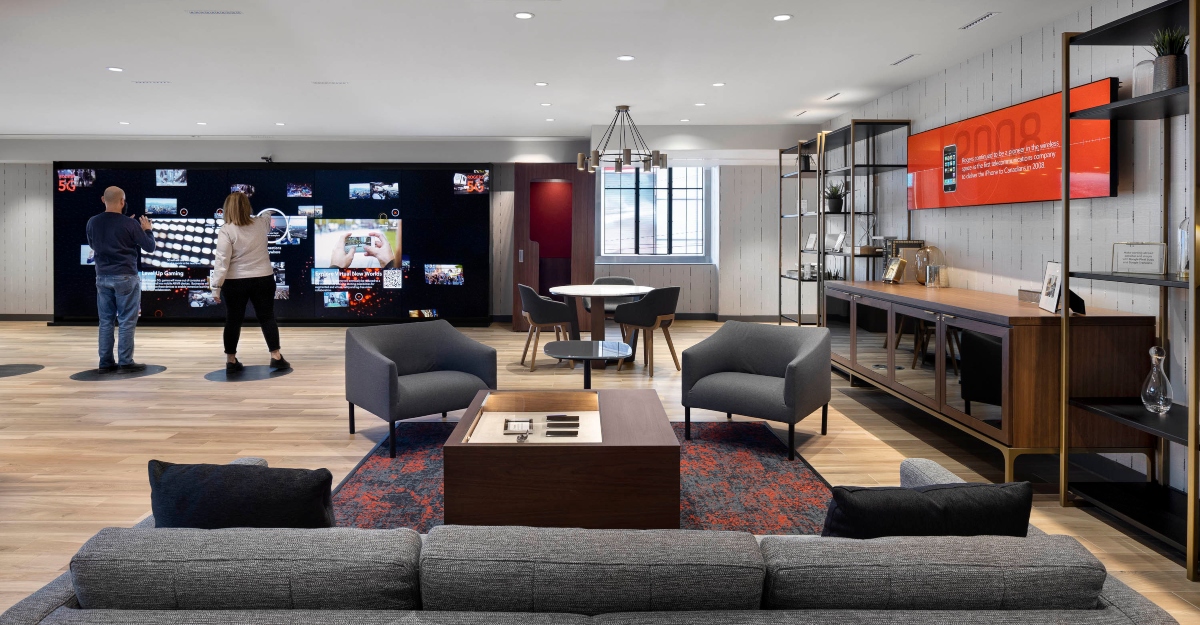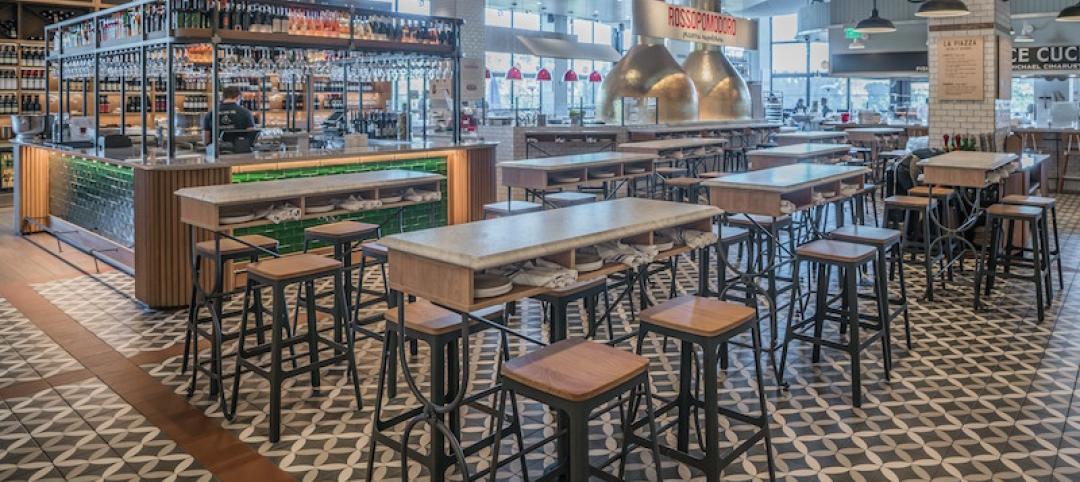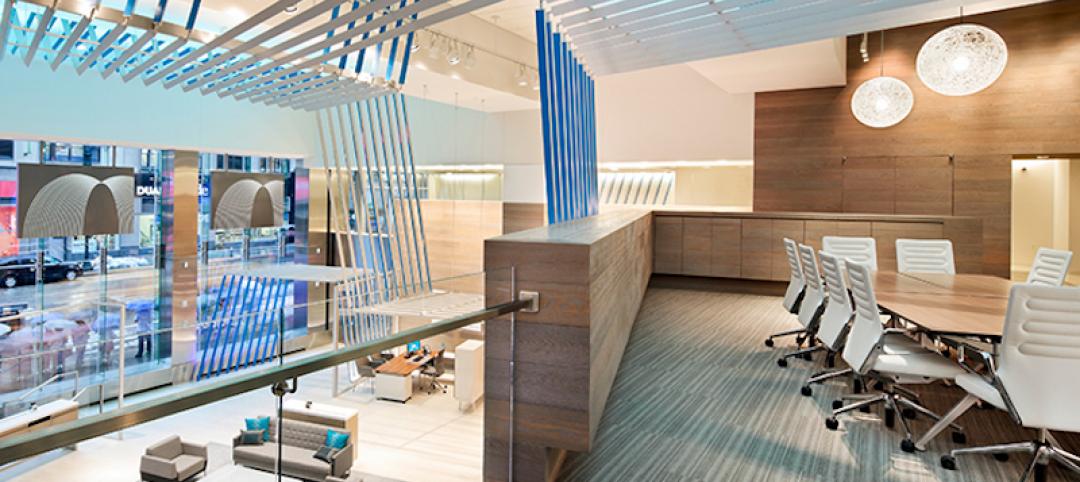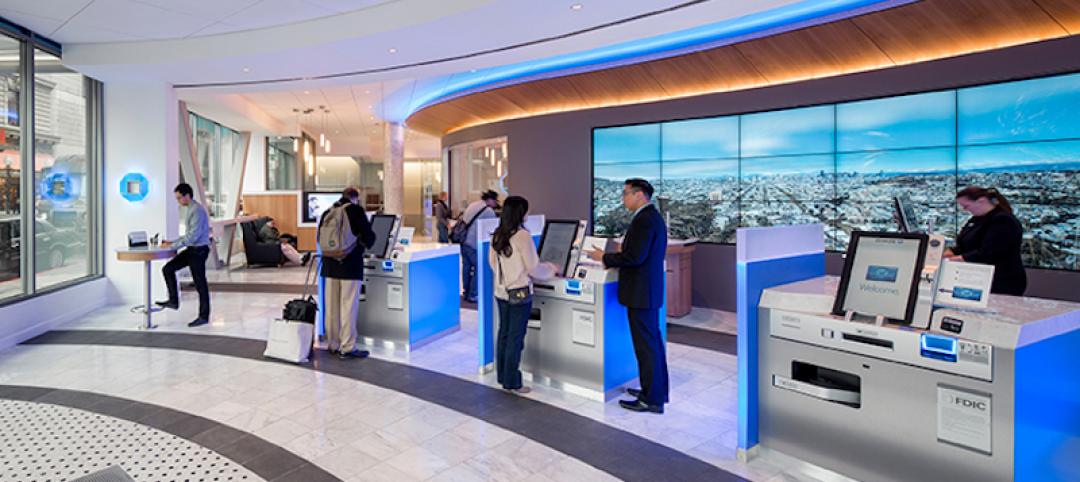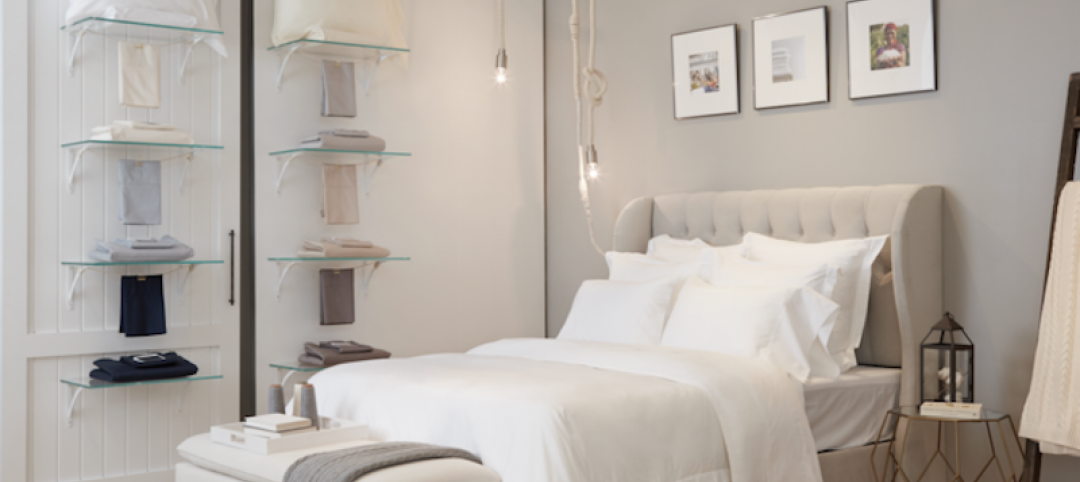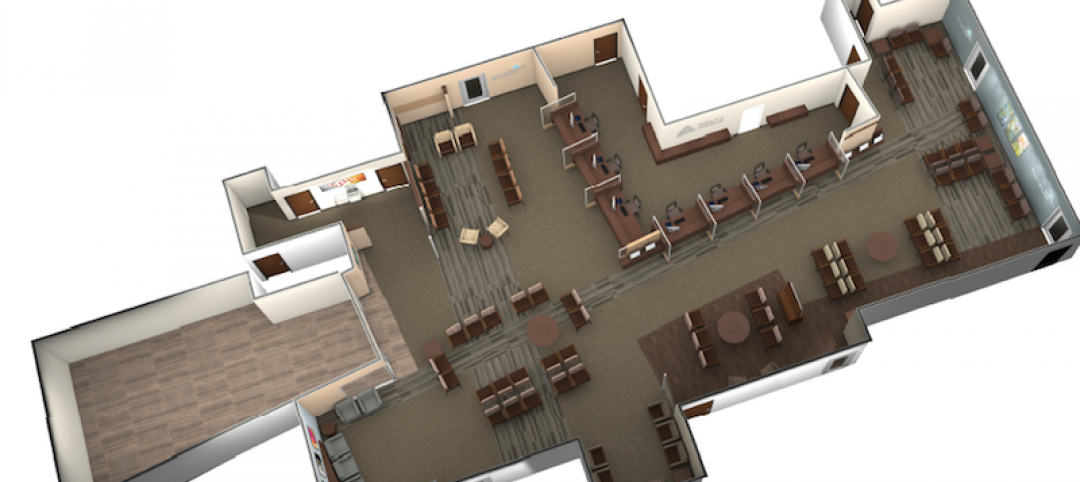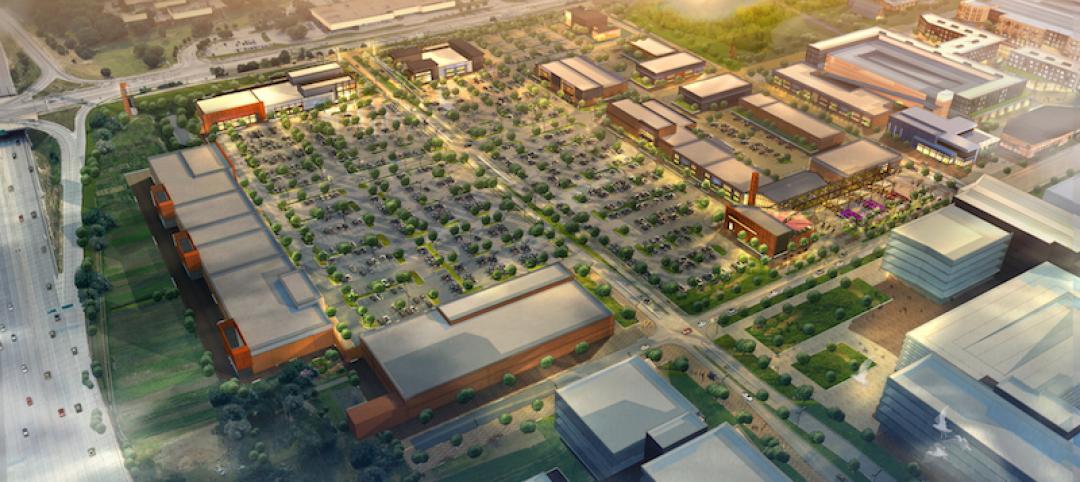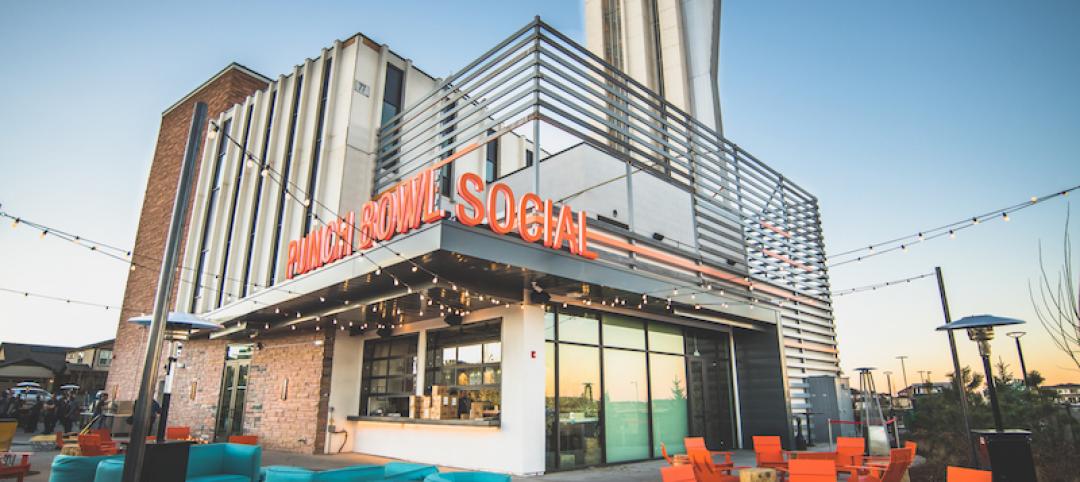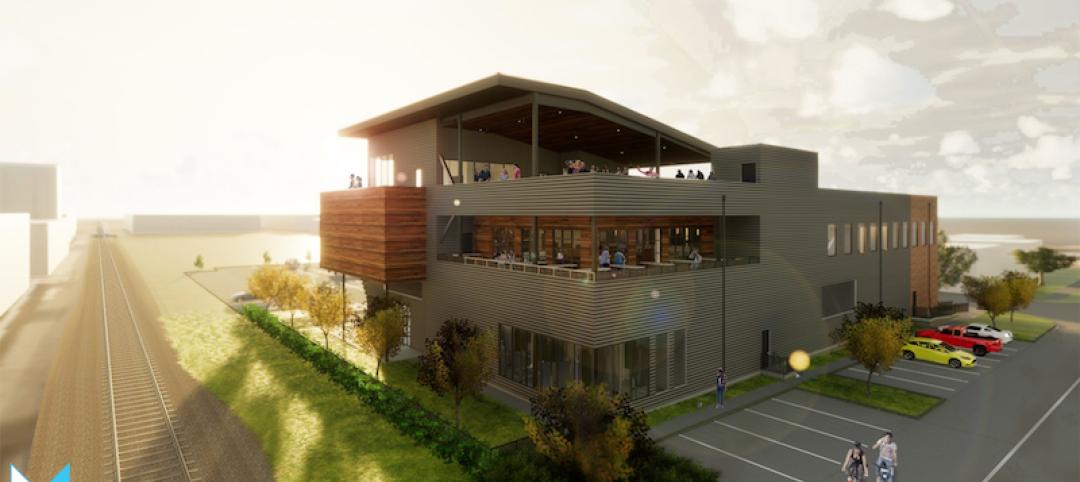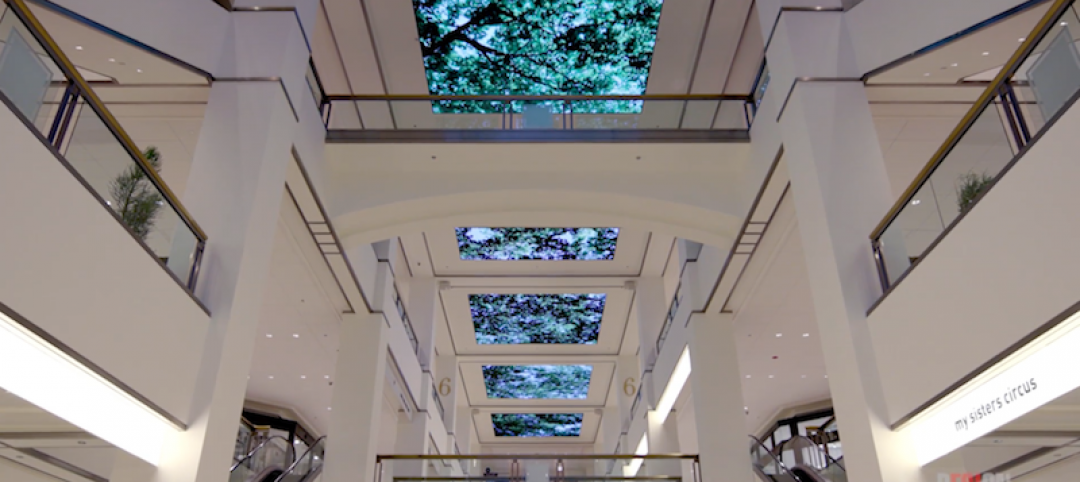Brick-and-mortar retailers, already gasping for air under pressure from ecommerce, were dealt a critical blow by the spread of the coronavirus that forced most stores and restaurants to close, or at best operate as carryout- or delivery-only providers.
The fallout has not been pretty. The website Retail Dive, which keeps a running tab on retail bankruptcies, reported that, as of June 30, 15 major retailers had either closed their doors for good or filed for protection from their creditors to prevent that. This year’s list didn’t include Microsoft, which announced it would close all but four of its 83 physical stores.
Nor did it track the casualties in the restaurant and supermarket sectors, which include the January Chapter 11 filings by Lucky’s Market and Bar Louie; the February filing by Earth Fare; FoodFirst Global Restaurants, which filed in April; Garden Fresh Restaurants, which closed its locations permanently in May; or CEC Entertainment, the parent of the Chuck E. Cheese and Peter Piper Pizza franchises, which filed on June 25.
In June, the website MoneyWise recounted several of America’s best-known brands—among them Subway, Starbucks, Pizza Hut, Burger King, Steak ‘n Shake, Boston Market, and Applebee’s—that had announced plans to close what aggregately amounts to thousands of outlets.
Yet, retail stores have continued to open during the pandemic; several, ironically, by online retailers (bit.ly/2Bxq81V).
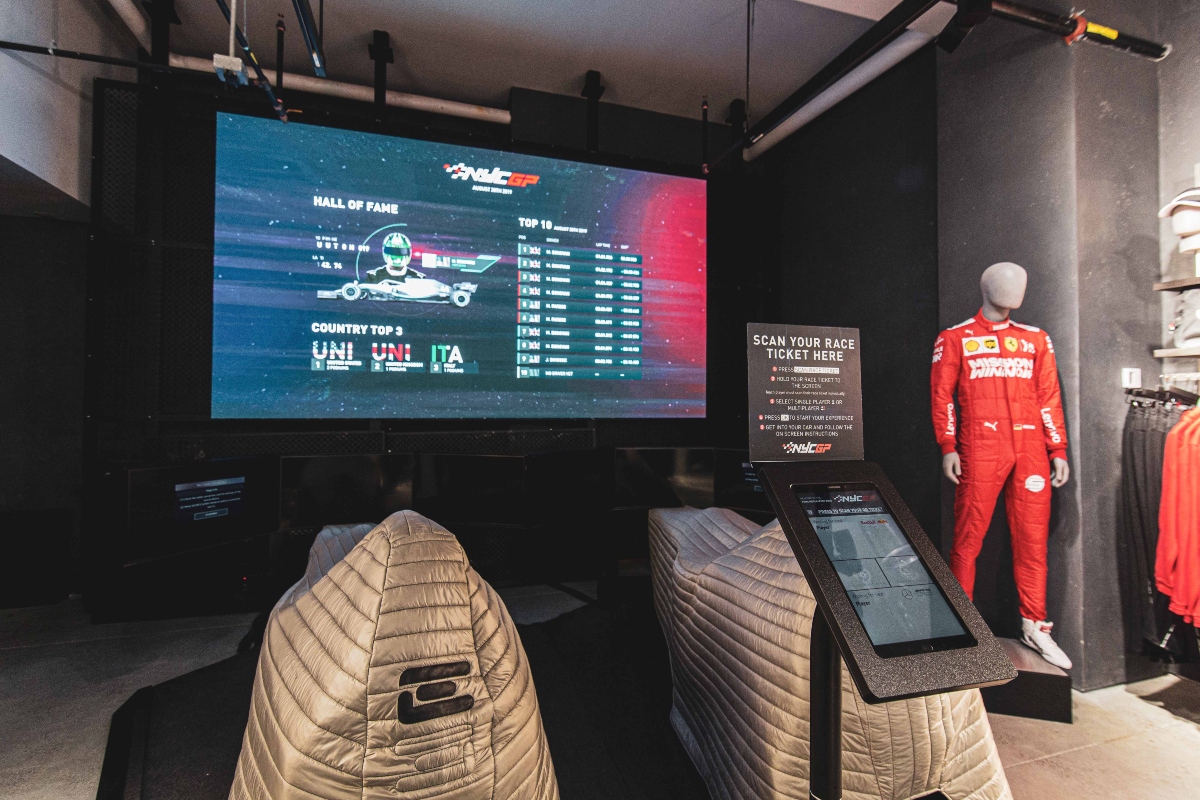
Puma’s flagship store in New York City offers a customer experience supported by technology enabled engagement areas that include simulators for F1 racing and soccer coaching. Photo: Joe Reed, courtesy Shawmut
And while retail and foodservice are undoubtedly undergoing major changes, owners are still considering construction, renovation, and adaptive reuse projects. In June, the Dion’s pizza chain opened a 4,500-sf store, its 20th, in the Roswell Pavilion shopping mall in Albuquerque, N.M. That same month, it was reported that Lowe’s Home Improvement Centers was planning to reopen a store in Meriden, Conn., which the company had closed 11 years ago, as a discount appliance outlet (bit.ly/3ghSmN1).
Any plans for new construction and renovation need to understand how customers will want to shop in the future. Answers to that question, say AEC retail experts, start with social distancing that some believe will have a long-lasting effect on this sector.
“People will still want to protect themselves,” say Michelle Ray, AIA, LEED AP BD+C, Principal and Mixed-Use Specialist; and John Tran, AIA, NCARB, LEED AP, Vice President and Design Principal, both in SmithGroup’s Phoenix office. “They expect stores to do the same.”
For restaurants, that will mean staggering reservations to control dining room densities, says Nancy J. Ruddy, CetraRuddy’s Founding Principal and Director of Interior Design. Technology will come into play, she adds, by offering patrons a menu-free touchless experience facilitated via their smartphones. “These devices are our safe space,” says David Cassidy, AIA, NCARB, CallisonRTKL’s Senior Vice President and Retail Practice Area Lead.
“Retail brands will have a renewed focus on technological integration, driving for omnichannel experiences to be seamless as possible, so customers can easily transition between in-store and online,” adds Jim Scarpone, Director–Retail for Shawmut Design and Construction.
An equally important priority, says Scarpone, will be the health and wellness of customers and employees. That is already leading to greater use of materials that absorb less and are easier to clean, and a stricter enforcement of cleaning and sanitary protocols. SmithGroup’s principals note, for example, that retailers like Macy’s and Nordstrom have already closed their fitting rooms and quarantine clothing that’s been tried on.
Retail owners lean on technology
The virus was spreading at a time when retailers were reevaluating their store sizes and types. CRTKL’s Cassidy notes that dealers can now operate successfully with smaller stores in fewer locations by “complementing” their brick-and-mortar presence with less-expensive warehouse space that’s strategically positioned for logistics, and by integrating their online sales.
However, smaller eateries and bars could be at a disadvantage, say SmithGroup’s principals. “Restaurants are likely to look half empty and be quieter for a long time, without the energy of dining rooms bursting at the seams. Many smaller local restaurants and bars will not survive,” which could open new doors for adaptive reuse, they suggest.
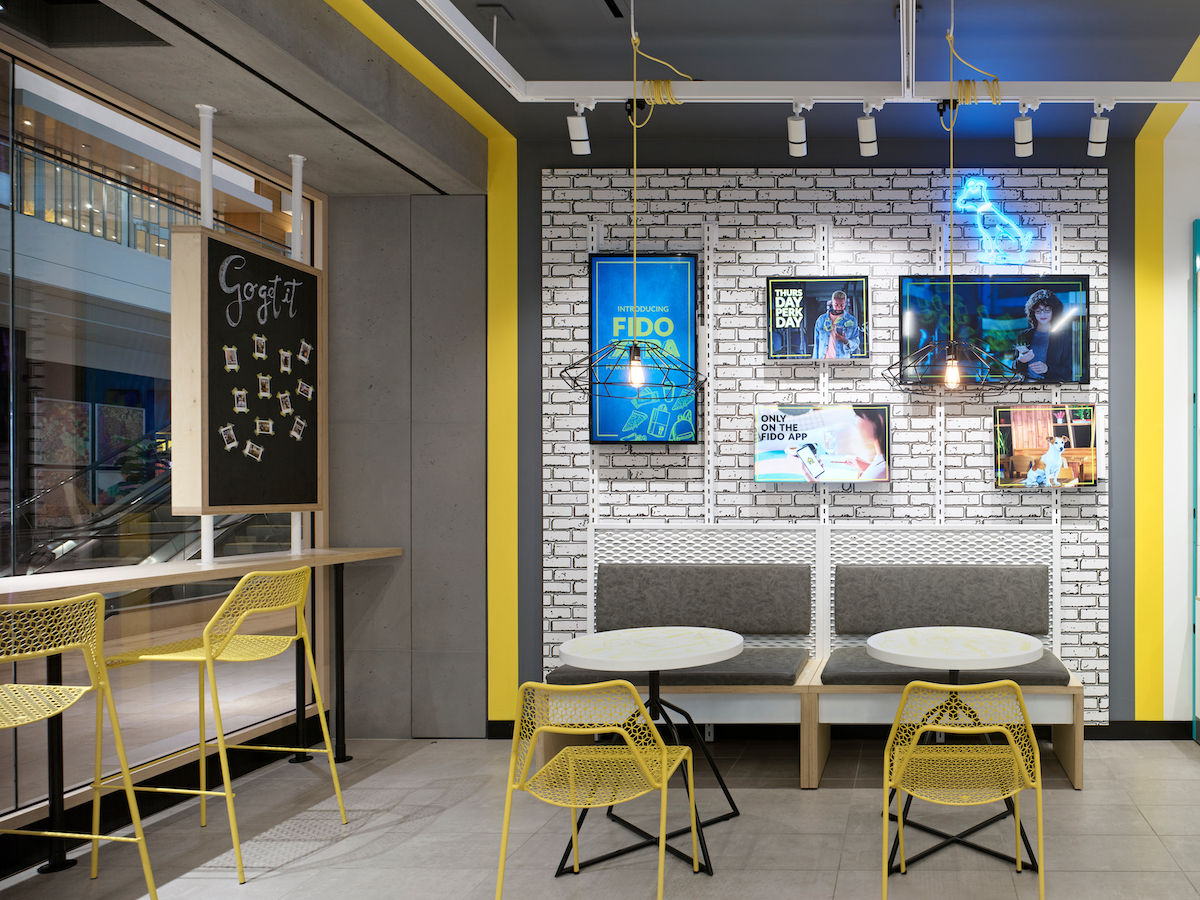
CRTKL also worked with Fido, a Rogers-owned cellphone service provider, on a store redesign that moves away from the strictly transactional to a more relaxed environment that encourages conversation between staff and customers. Photo: Ben Rahn/A-Frame, courtesy CallisonRTKL
The coronavirus is providing owners and property managers with valuable lessons. Retailers and restauranteurs found that carryout and delivery can expand their customer bases. To that end, SmithGroup has seen the emergence of “ghost kitchens” that several restaurants share and are designed to fulfill takeout and delivery services, thereby reducing the financial burden on business owners and creating a safer environment for workers and diners.
Ruddy points out that restaurants which reopened initially with outdoor dining are now incorporating that into their operations to add some excitement and newness to the dining experience. The goal, she and other AEC sources say, is to capitalize on pent-up demand and motivate customers to return to stores and restaurants.
3 ways retailers are transforming shopping experience
• Technology enhanced interaction: Shawmut built out Puma’s flagship store on Fifth Avenue in New York City. The customer experience is supported by cutting-edge technology in innovative engagement areas that include an F1 racing simulator, virtual soccer coaching in a “skill cube” simulator, and virtual bleacher seating in the NBA2k gaming experience zone.
CallisonRTKL designed Canada’s first 5G-ready store with Rogers 302: a 9,000-sf technology retail hub that includes an event space for immersive, digitally facilitated experiences such as celebrity singing holograms, virtual DJs, and interactive projections.
ALSO SEE: ‘Cargotecture’ is coming to North Carolina’s Research Triangle Park
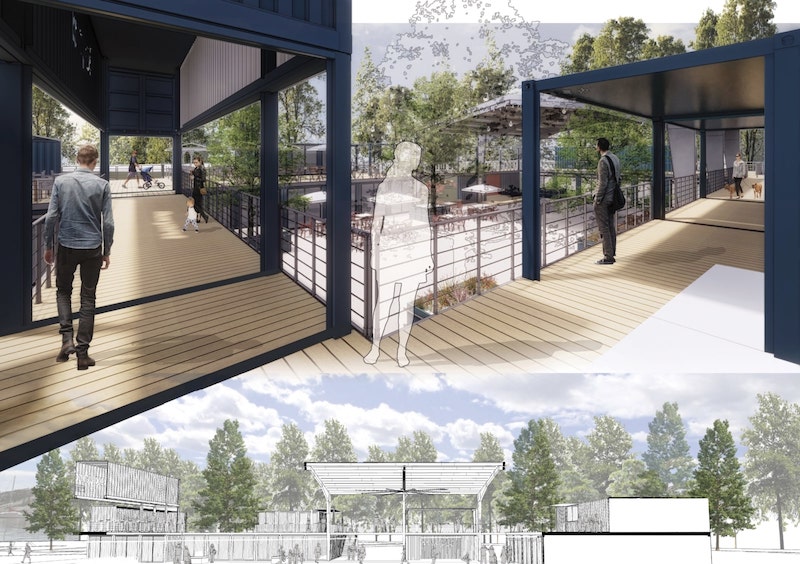
Boxyard RTP, made from 38 shipping containers, will serve as a community gathering and social space. Read the article.
• Experience over transaction: CallisonRTKL also worked with Fido, the cellphone provider, to create a new store concept whose redesign represents a deliberate shift from transactional to experiential retailing, and whose aesthetics encourage pressure-free conversations between staff and customers.
• Community outreach: Creative new construction in this sector includes Pienza Pizza Pasta and Porchette, a “social enterprise” restaurant within CetraRuddy’s new Corporate Commons Three mixed-use complex on Staten Island in New York. The design, says Ruddy, features a 40,000-sf organic rooftop farm that will supply the restaurant, and donate 100% of its profits to local charities.
Related Stories
Retail Centers | Mar 5, 2018
Eataly heads to the West Coast
The Italian marketplace’s first West Coast location includes a clean room for mozzarella and gelato preparation.
Retail Centers | Feb 20, 2018
Is there a future in retail banking? Part II
It is critical to not view the physical branch as just another sales channel, but as an important touchpoint along a customer’s journey.
Retail Centers | Feb 6, 2018
Is there a future in retail banking?
Retail is embracing new generations. For the last 10 years, all the chatter has been about millennials and how to appease their desire for ease of transaction.
Retail Centers | Feb 6, 2018
To survive, shopping malls must shift from commerce to consumer engagement
A new report on retailing’s future expects customers to have much more influence on what goods and services they are offered.
Retail Centers | Jan 26, 2018
News about the death of retail stores might still be premature, says new study
Superregional malls and open-air shopping centers have shown resilience in the face on online competition.
Retail Centers | Jan 9, 2018
The addition of a medical practice is part of the cure for reviving a shopping mall in Scranton, Pa.
Delta Medix is one of several tenants that are changing the image of the Marketplace at Steamtown.
Mixed-Use | Dec 12, 2017
A new live/work neighborhood is about to get under way in Omaha, Neb.
Walkability and recreation will be key features of West Farm.
Adaptive Reuse | Nov 29, 2017
‘Eat-ertainment’ establishment grants abandoned air traffic control building a second life
The concept’s design reflects the golden age of flight.
Retail Centers | Nov 20, 2017
28,000-sf brewery and restaurant coming to Houston’s Arts District
Method Architecture designed the three-story building.
Shopping Centers | Nov 15, 2017
900 North Michigan Shops renovation includes 190-foot-long digital art installation on the ceiling
The installation is visible from all floors and built in 10 different sections.


